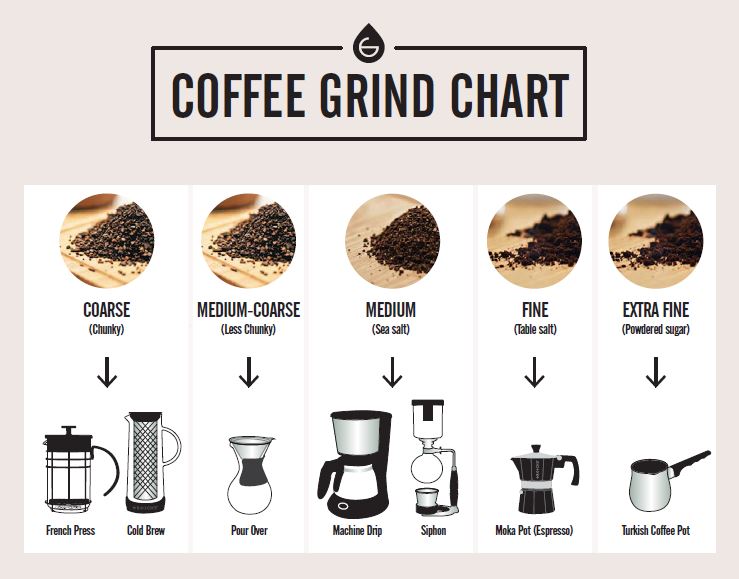Have you ever brewed an espresso only to find it sour or sharp? I’ve been there, and the culprit is often the grind size. Through my experience, I’ve found that achieving a balanced shot starts with understanding the proper grind and how it interacts with other factors. Whether you’re a beginner or a seasoned home barista, these insights will help perfect your espresso. Discover the innovative features in the DeLonghi Magnifica Evo review
The Role of Grind Size in Espresso
Espresso extraction is heavily dependent on grind size. If the grind is too coarse, water flows through too quickly, preventing the full range of flavors from being extracted. This results in a sour, under-extracted shot. On the other hand, a grind that’s too fine can lead to over-extraction, giving you bitter, overly strong espresso. Learn about the timeless design in the DeLonghi Magnifica S review
When I first started making espresso, I didn’t fully appreciate how much grind size influenced the taste. Once I began experimenting, I quickly realized the importance of small adjustments. Explore our top picks in the Best Automatic Espresso Machine review

Fine-Tune Your Grind
I’ve learned that the perfect grind for espresso is fine, but not powdery. A finer grind increases the surface area exposed to water, allowing for better extraction. Here’s what I’ve found works best:
- Start with a fine grind: Begin with a fine grind setting on your burr grinder. If your shot pulls too fast or tastes sour, try making the grind even finer.
- Small adjustments are key: Don’t make drastic changes. A minor adjustment can have a big impact, so move one notch at a time until you achieve the ideal extraction.
- Check your shot time: The ideal shot time for espresso is between 25 to 30 seconds. If your shot pulls in under 20 seconds, it’s likely under-extracted, and you’ll need to adjust the grind finer.
The Importance of Brew Ratio
A key element I overlooked early on was the brew ratio—the relationship between the amount of coffee grounds and water. For a standard espresso, the ratio should be 1:2, meaning if you use 18 grams of coffee, aim for about 36 grams of espresso. This balance ensures the right amount of extraction. Find the perfect machine to beat the heat in the Best Iced Coffee Maker review
If you’re experiencing sourness, try increasing the coffee dose slightly or reducing the water yield to help extract more flavor from the grounds. Using a scale ensures consistency and helps perfect your espresso. Dive into the best options for making lattes in the Best Latte Maker review
Water Temperature Matters
Water temperature also plays a significant role in extraction. Ideally, your water should be between 195°F and 205°F (90°C to 96°C). If your water is too cool, it won’t extract enough flavors from the coffee, leaving the espresso tasting sour. Discover the innovative features in the DeLonghi Magnifica Evo review
I noticed an improvement in my espresso when I allowed my machine to heat up fully before pulling a shot. If your machine allows for temperature adjustment, a small increase can help with under-extraction. Learn about the timeless design in the DeLonghi Magnifica S review

Perfecting Tamping Pressure
Another factor that impacts grind performance is tamping pressure. Pressing too lightly will cause the water to flow too quickly, resulting in under-extraction. The goal is to tamp evenly with around 30 pounds of pressure to create uniform resistance for the water. Explore our top picks in the Best Automatic Espresso Machine review
Tip: To get the feel of proper tamping pressure, practice pressing on a bathroom scale. Once I started tamping more consistently, my shots became significantly better. Find the perfect machine to beat the heat in the Best Iced Coffee Maker review
Freshness of Coffee Beans
Freshness matters more than many realize. I’ve learned that stale beans, even with the right grind, lead to under-extraction. Freshly roasted beans within 2 to 3 weeks of roasting offer the best extraction and flavor. If you’re still using old beans, even perfect technique won’t save your espresso from sourness. Dive into the best options for making lattes in the Best Latte Maker review
Invest in Good Equipment
High-quality equipment can make all the difference. A burr grinder provides a more consistent grind than a blade grinder, which improves extraction. Similarly, a reliable espresso machine ensures stable water temperature and pressure, leading to better results. I noticed a significant improvement in my shots once I invested in good tools.
Experiment with Beans and Techniques
Not all beans perform the same way. Depending on the roast, origin, or blend, you may need to adjust your grind size or extraction time. For instance, lighter roasts often benefit from a finer grind and longer extraction, while darker roasts may need a coarser grind and shorter time. Don’t hesitate to tweak your settings to suit different beans—experimenting will help you discover what works best for your personal taste.
Conclusion: Perfecting Your Grind for Espresso
Fixing a sour espresso is easier than you think once you understand the key elements of grind size, brew ratio, water temperature, tamping pressure, and bean freshness. Making small, thoughtful adjustments has helped me achieve a perfectly balanced shot. With practice and a bit of patience, you’ll soon be pulling espresso shots that rival those from your favorite café. Keep experimenting, and happy brewing!
